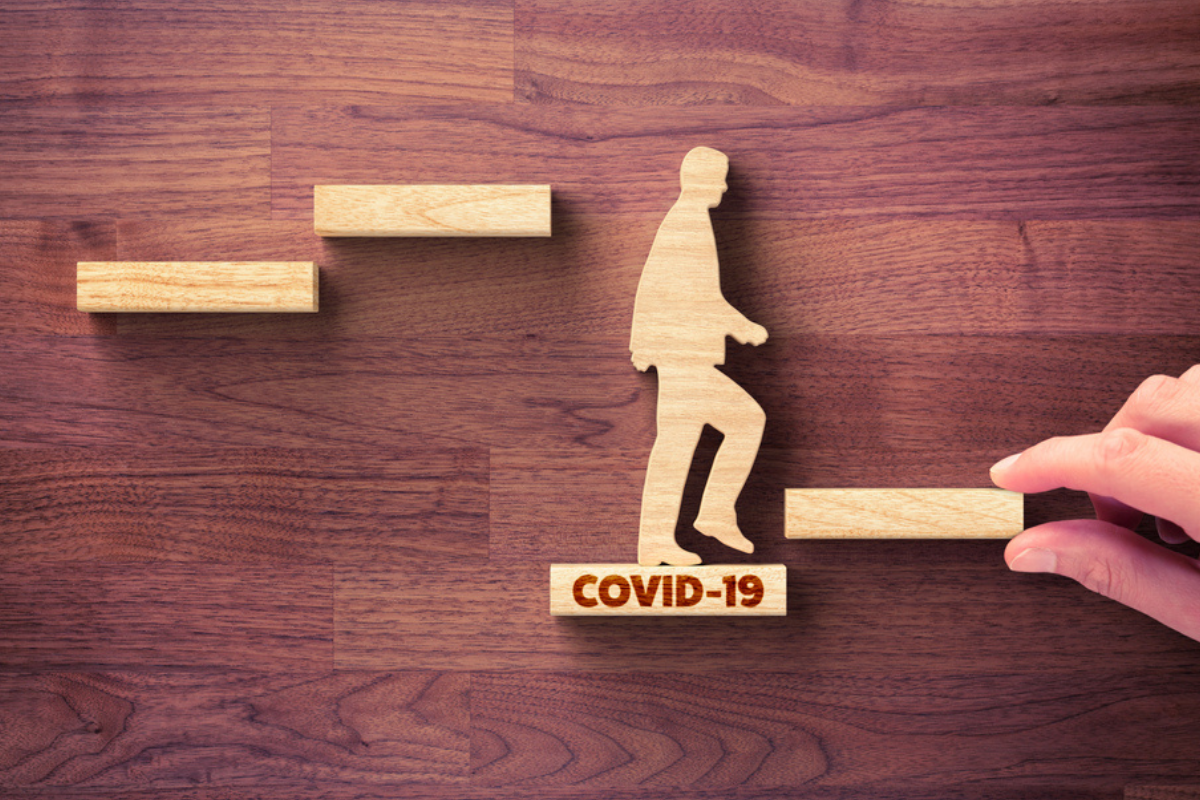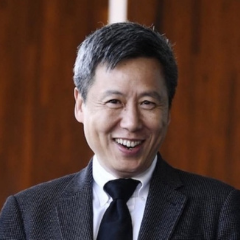2020 has represented the biggest experiment in home learning in history. As schools move back to in person instruction everyone is naturally asking – what lessons will we take from this period moving forward?
Almost everyone thinks education should change and everyone seems to agree with the general directions of change (While the specifics of the desired change vary, the fundamentals are very similar—personalization, student agency /voice/ self-determination, less testing, more authentic learning experiences, and attention to the whole child and cultivate different set of skills and competencies.) Moreover, there are many wonderfully successful examples of the education we aspire to have. Numerous teachers, school leaders, and even students have taken actions to translate their aspirations into realities. Covid has forced change at short notice.
The totality of the traditional education establishment is intact, however, there is abundant evidence both from Covid and more generally to show that changes can happen. However, I still meet with many people with the “yes, but” mindset.
The “yes” is an endorsement of the merit and need of the proposed change, a nod to the possibility of change. The “but” lays out reasons for why the change cannot or should not be enacted in their own contexts. It is a list of factors that make their contexts different from others. The specific reasons can be expressed in different ways but generally reflect a concern over potential failure and negative consequences of the change, a lack of conditions that enable the change, and possible opposition to the change. The reasons can be perceived or actual. Either way, they can be very convincing since the status quo can be guaranteed to be successful, positive, and easy to implement. As a result, the “buts” become powerful arguments and convenient rationalization for inaction.
To make the changes we desire, we need to replace the “yes, but” mindset with the “yes, and” mindset. The latter treats the “buts” as challenges to address rather than insurmountable obstacles.
This keynote will explore how we can take what we have learned from this extended period of home and hybrid learning and move our educational organization into “yes, and” midset for positive changes moving forward.
As a visitor you can view up to two presentations per month after that you will be required to subscribe to 21st Century Learning Conference
January 2021
Job Role Applicability:
Keynote




